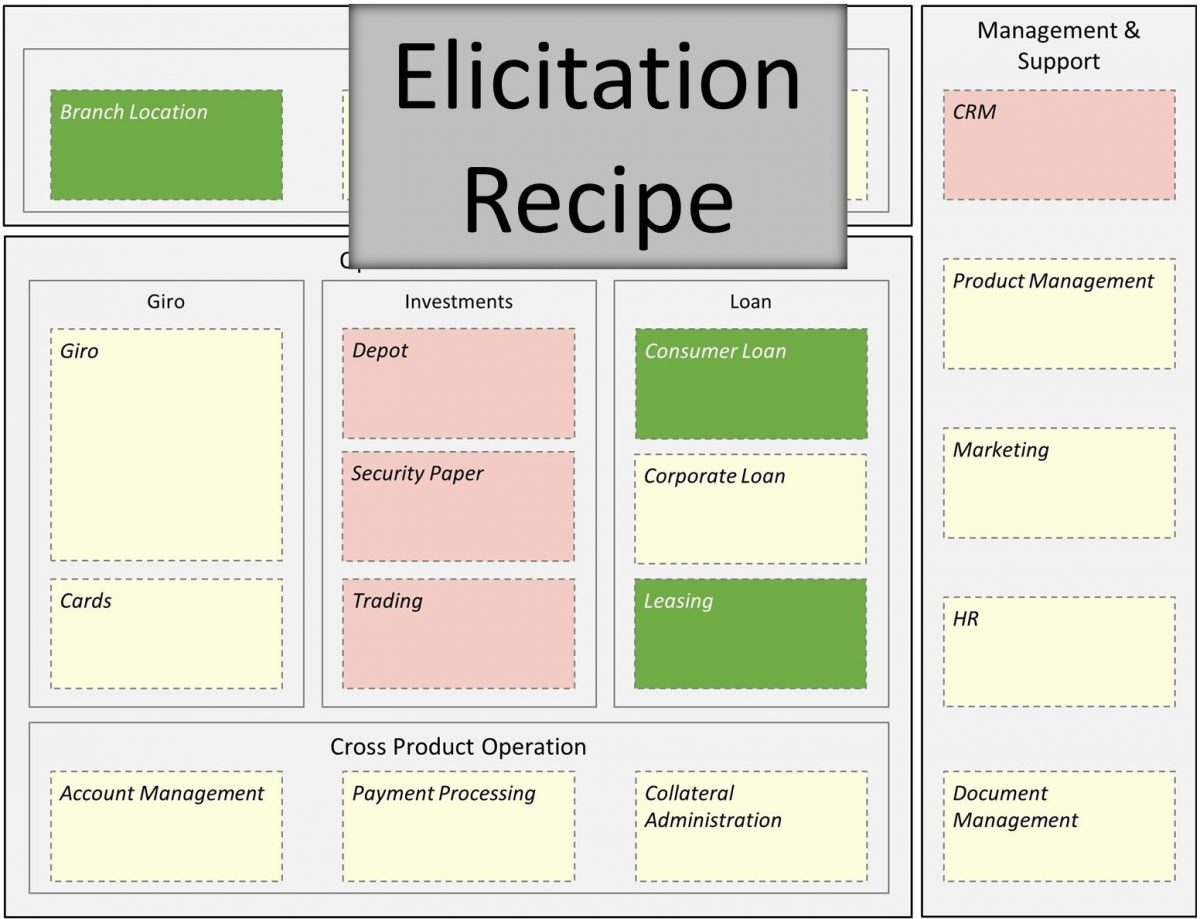AT#31: Soft Factors of Architecture – Part 3: Communication

Enterprise Architecture (EA) often focuses primarily on the analytical modeling aspects and this is, of course, an important part of the work. However, practice shows that EA is much more about communication. You simply need to elicit the wisdom of business people to create your architecture maps. Enterprise Architects, and IT-people in general, however, are often not educated in communication skills like asking the right questions and listening intently. Educated at technical universities most of them have been trained to engineer highly sophisticated technical solutions but not so much in the soft skills.
The following communication skills are mandatory for any successful Enterprise Architect:







